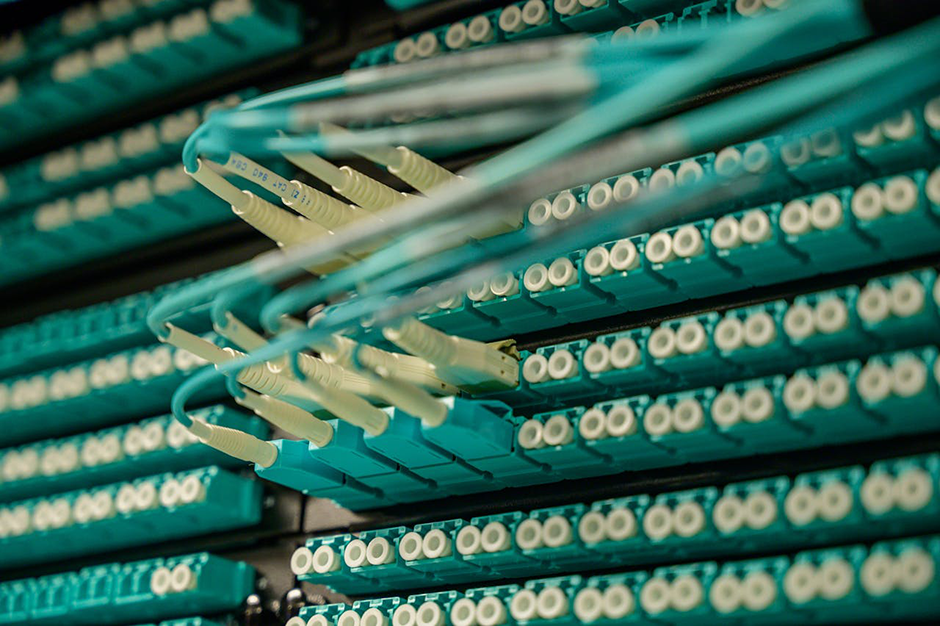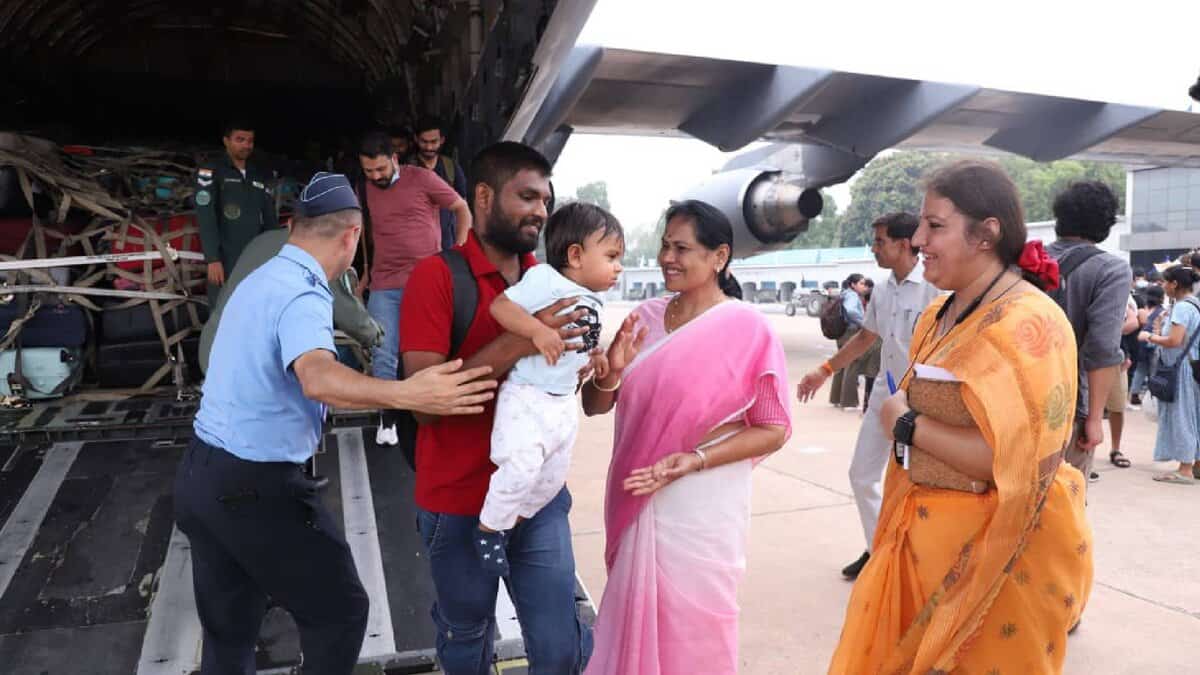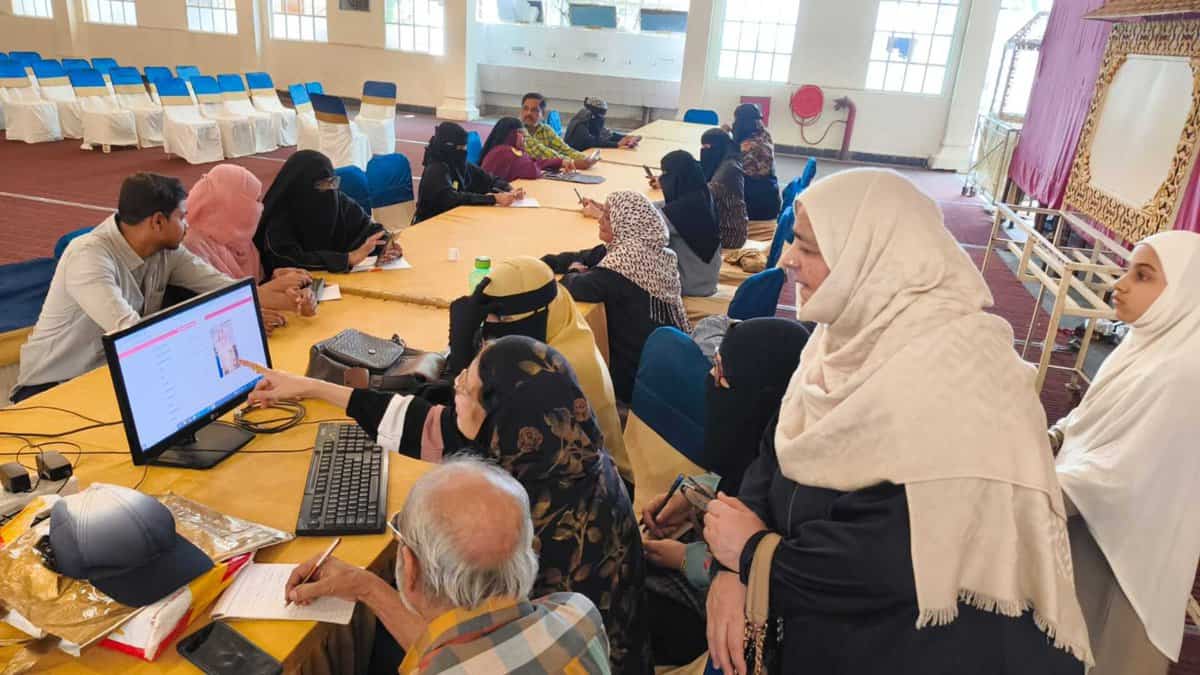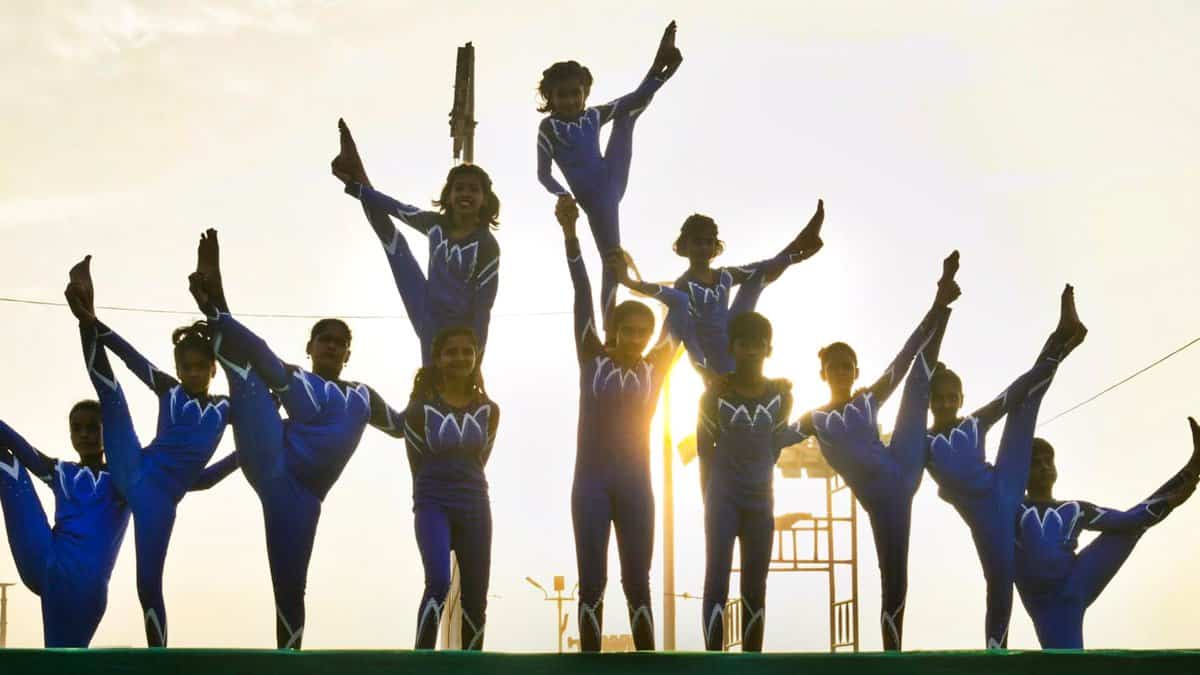Russian President Vladimir Putin’s highly-anticipated visit presents New Delhi with a golden opportunity to further strengthen its defence and strategic ties with Russia, including making a bid to acquire the Sukhoi Su-57 5th-gen fighter jet to upgrade IAF’s aging fleet.
Amid concerns over the decline in the number of combat-ready fighter jets in Indian Air Force ranks, Russian President Vladimir Putin is likely to offer India the 5th-gen Su-57 stealth fighter jet during his scheduled visit later this year. According to defence analysts, India may also try to acquire the Sukhoi Su-57 aircraft– Russia’s only in-service fifth-generation fighter jet– as early as February next month, when the advanced warplane will be on display alongside an impressive lineup of other fighter jets from India and across the world, at the Yelahanka Air Force Station in Bengaluru.
How powerful is the Sukhoi Su-57 fighter jet?
Developed and manufactured by Sukhoi, the Su-57 is Russia’s first fifth-generation fighter jet, which was recently inducted into the Russian Air Force. The Su-57 is considered one of the most advanced stealth fighter jets in the world and is equipped with cutting-edge capabilities in terms of stealth, speed and maneuverability, give it an overwhelming edge over its fourth-generation predecessors.
The Sukhoi Su-57 has made several appearances on the global stage and recently stole the show at the Zhuhai Air Show in China in November last year.
Putin could offer Su-57 deal to India
According to experts, Russian President Vladimir Putin’s highly-anticipated visit presents New Delhi with a golden opportunity to further strengthen its defence and strategic ties with Russia, including making a bid to acquire the Su-57 5th-gen fighter aircraft to upgrade IAF’s aging fleet.
Its being speculated that Vladimir Putin may Su-57 as part of a larger defence deal and the two nations may also explore the possibility of co-manufacturing the 5th-generation warplane under Prime Minister Narendra Modi’s ‘Make in India’ initiative. Notably, Russia is India’s largest supplier of defence equipment, accounting for nearly of the country’s arms imports, and the two countries have previously collaborated on the production of Su-30 fighter jets.
IAF chiefs flags concerns
Meanwhile, IAF chief, Air Chief Marshal Amar Preet Singh, has voiced concerns over the rapid decline in the number of combat-ready fighter jets in IAF fleet. Speaking at the 21st Subroto Mukherjee Seminar, the IAF chief said the delay in the delivery of the indigenously-developed Tejas fighter aircraft is a matter of concern amid the rising air power and threat posed by India’s orthern and western neighbors.
Air Chief Marshal Singh said the IAF began inducting the Tejas jets in 2016, but even in 2024 the air force is yet to receive the 40 aircraft which were ordered earlier.
Race for aerial superiority in south Asia
While China is obviously the most advanced aerial power in Asia, India’s other south Asian rivals, including Pakistan, and more recently Bangladesh, have begun initiatives to boost their aerial power in the region. Recently, China, who already has a fleet of over 300 5th-gen fighter planes, recently unveiled the world’s first sixth-generation stealth fighter.
At the same time, Pakistan is engaged in a frantic race to outmatch and outgun India in aerial firepower, that includes measures like modernizing the Pakistan Air Force (PAF) and acquiring latest 5th generation fighter jets, such as J-35 stealth fighter from China. According to reports, the PAF has inked a deal to acquire 40 J-35 fighter jets, which will be delivered within the next two years.
Similarly, Bangladesh, which has moved closer to India’s rivals, Pakistan and China, and adopted a confrontational stance towards New Delhi after the fall of the Sheikh Hasina regime in August last year, is mulling to acquire J-10c fighter jets from China to upgrade its ageing warplanes.
According to defence analysts, India must acquire a fleet of fifth-generation fighter jets to deter threats from hostile neighbours and maintain a strategic balance in the region.

















































